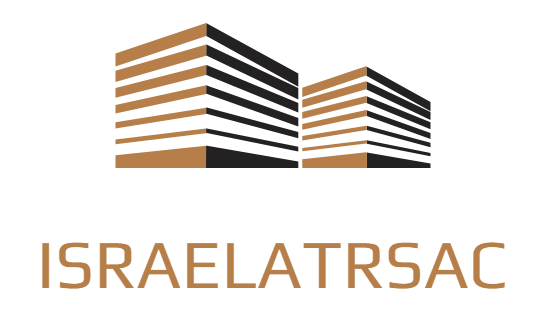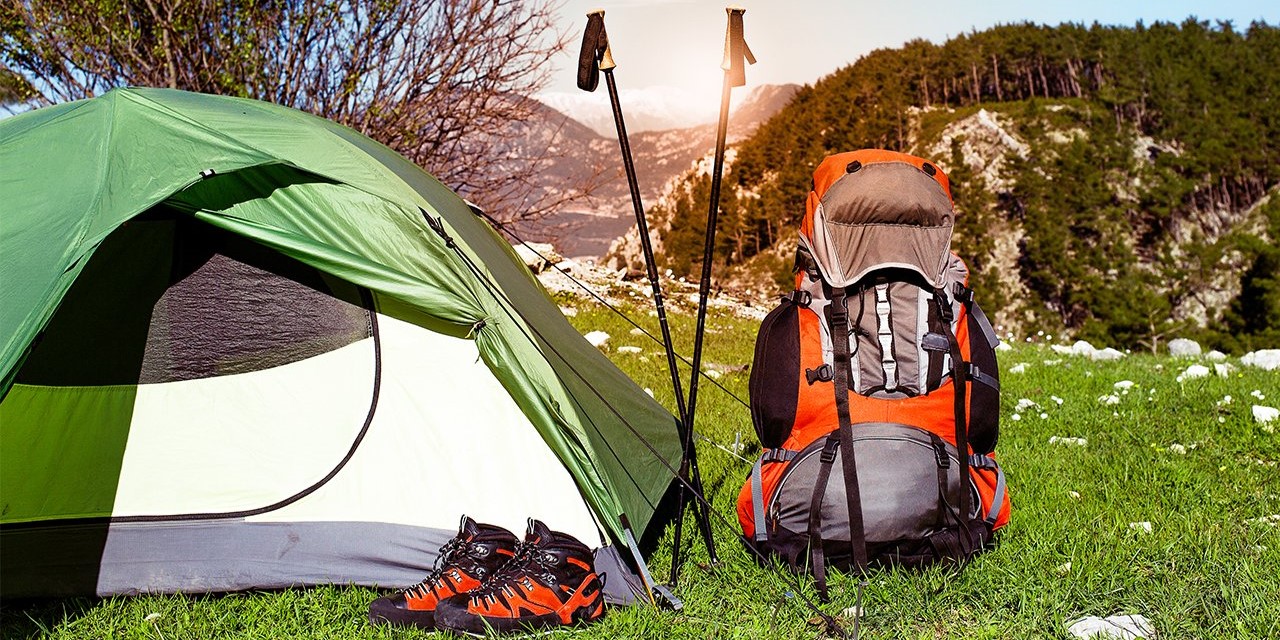Tents are a great way to enjoy your time outdoors. Some types of tents include Dome, Ridge and Cabin style options that come in various sizes with different features depending on what you want for yourself or the group trip! For more information about these varieties check out this article to learn how they differ from each other as well as some pros/cons associated with them.
Cabin tents
There are various types of cabin tents available in the market. They differ in their intended use and construction, and some are more durable than others. Cabin tents are great for short-term stays, and there are also versions that are perfect for year-round use. However, setting up and using cabin tents can be difficult.
Cabin tents have large floor areas and are good for group camping. They are also heavier than dome tents, and they are difficult to carry into remote locations.
Extended dome tents
When you're looking for a tent that's built to keep you dry, extended dome tents can be a great option. These tents come with features that keep the inside of the tent cool and dry, including Core H20 Block Technology and active bead technology. They also have sealed door/window seals and seams. Plus, the CORE Extended Dome Tent comes with an adjustable air intake vent.
First and foremost, determine your budget before making a purchase. You'll need to account for shipping and other fees, so it's important to plan accordingly. You'll also want to check the seller's reputation. There are scammers who pose as legitimate sellers online, but then trick unsuspecting customers into buying bogus goods. Look for a positive reputation to verify the legitimacy of the seller.
Ridge tents
If you're looking for a camping tent that will protect you from wind and rain, a ridge tent is an excellent choice. These tents are easier to set up and are best for camping in windy conditions. The downside to ridge tents is that they're a bit smaller than other tent types, so if you're looking for an option that can accommodate a large family, you may want to consider a dome tent or cabin tent instead.
Ridge tents are popular at festivals and are also used for camping when the weather is mild or not too windy. They're not the most luxurious option and require little assembly, but they're very easy to set up and are great for solo travelers. While ridge tents aren't as popular as dome tents, they are still great choices if you want a tent that's relatively lightweight. They're also good options for backpacking solo or going for short camping trips.
Inclement weather tents
There are several different types of inclement weather tents, all with different features. One popular type is the dome tent, which comes in different shapes. This type of tent features a patented umbrella-type frame system, which makes it incredibly easy to set up. Its high ceilings allow a person of average height to stand up straight inside, and it also works well with bunk beds. This type of tent also features a three-layer floor, which prevents snow or cold from coming inside.
While the weather conditions that you'll be camping in will determine whether or not your tent will be safe to use, you should also make sure you have an emergency action plan in case of severe weather. A good emergency action plan will detail what will be done when the tent is declared safe to use. It's important to stay up-to-date with weather forecasts so you know when to get out of your tent.
Bivy sacks
Bivy sacks are made from water-resistant, waterproof fabrics. A good bivy sack will have a zipper at the head to allow for ventilation. They also have a mesh panel for the head that will keep you protected from biting insects. When selecting a bivy sack, be sure that the zipper is long enough. If it's too short, you'll have to shimmy your way in and out of the sack.
Bivy sacks are lightweight, typically less than one pound. Some even have hoop openings to allow extra ventilation. Compared to tents, bivy sacks are easier to pack than a standard one-person shelter.


